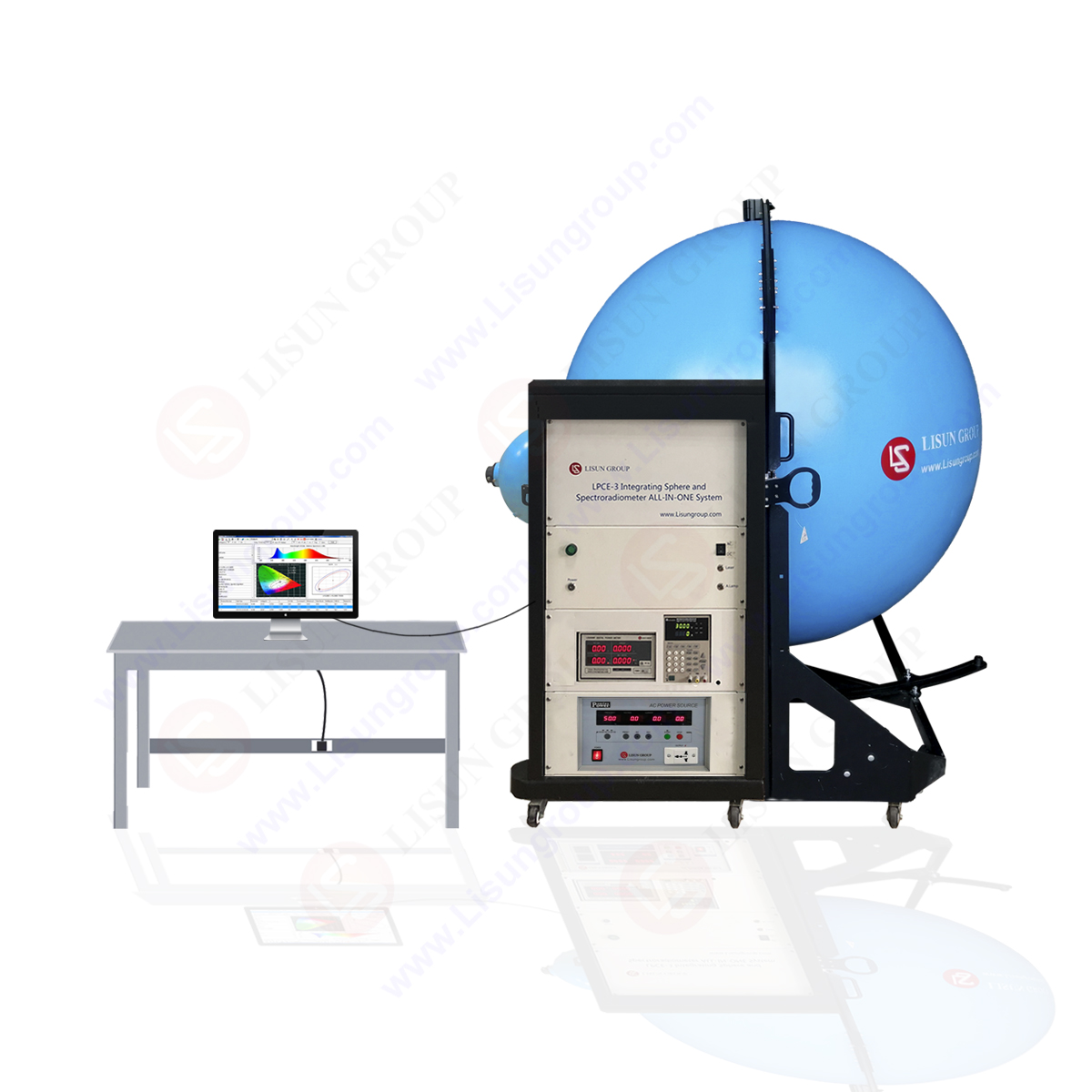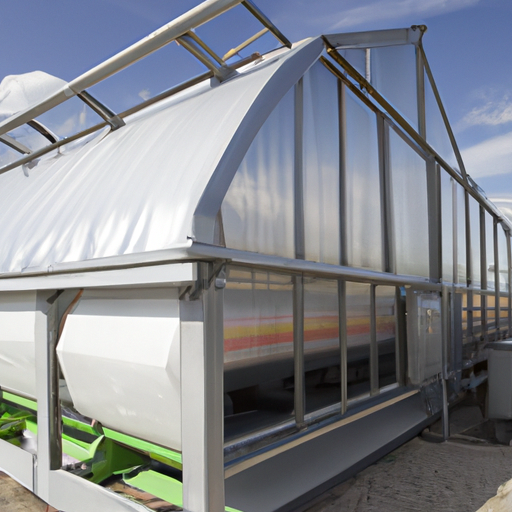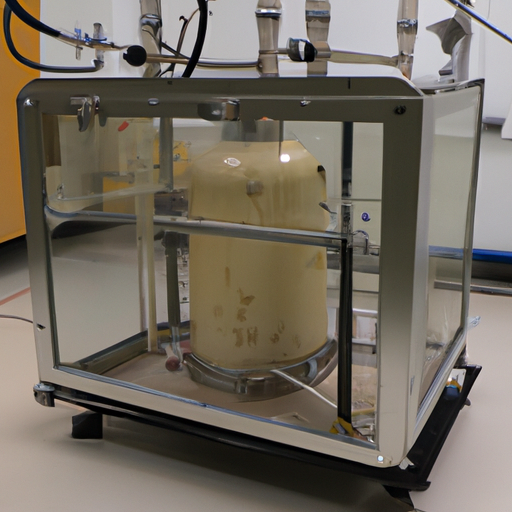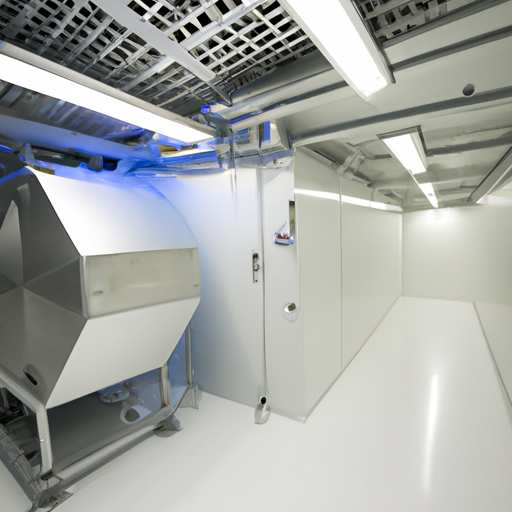The tracking test chamber is a specialized piece of scientific equipment. Researchers use the tracking test chamber to see how well the surface of a solid insulating material can handle a leaking mark in an electric field and a dirty medium. It is also called leakage test tracking apparatus.
It may be used in the lighting industry, low-voltage electrical appliance manufacturing, home appliance manufacturing, machine tool manufacturing, electric motor manufacturing, electric tool manufacturing, electronic instrument manufacturing, and information technology equipment quality inspection. The insulating material engineering plastic electrical accessories sector may also benefit from using comparative tracking index testing equipment.
Electrical insulation may fail due to current leakage between polar components or between live and grounded metal components, and the resulting arc may damage or destroy the electrical equipment. A fire might have been started by a discharge, a short circuit, or material deterioration.
The goal of this tracking test chamber is to re-create the above situations by testing and evaluating the relative tracking resistance of an insulator when it is exposed to an electric field and water with impurities at a set voltage.
The tracking test chamber may be used on a wide variety of electrical and electronic items, as well as on the solid electrical insulating materials used in the construction of home appliances and their components (such as relay sockets, transfer switch covers, contact bodies, and so on).
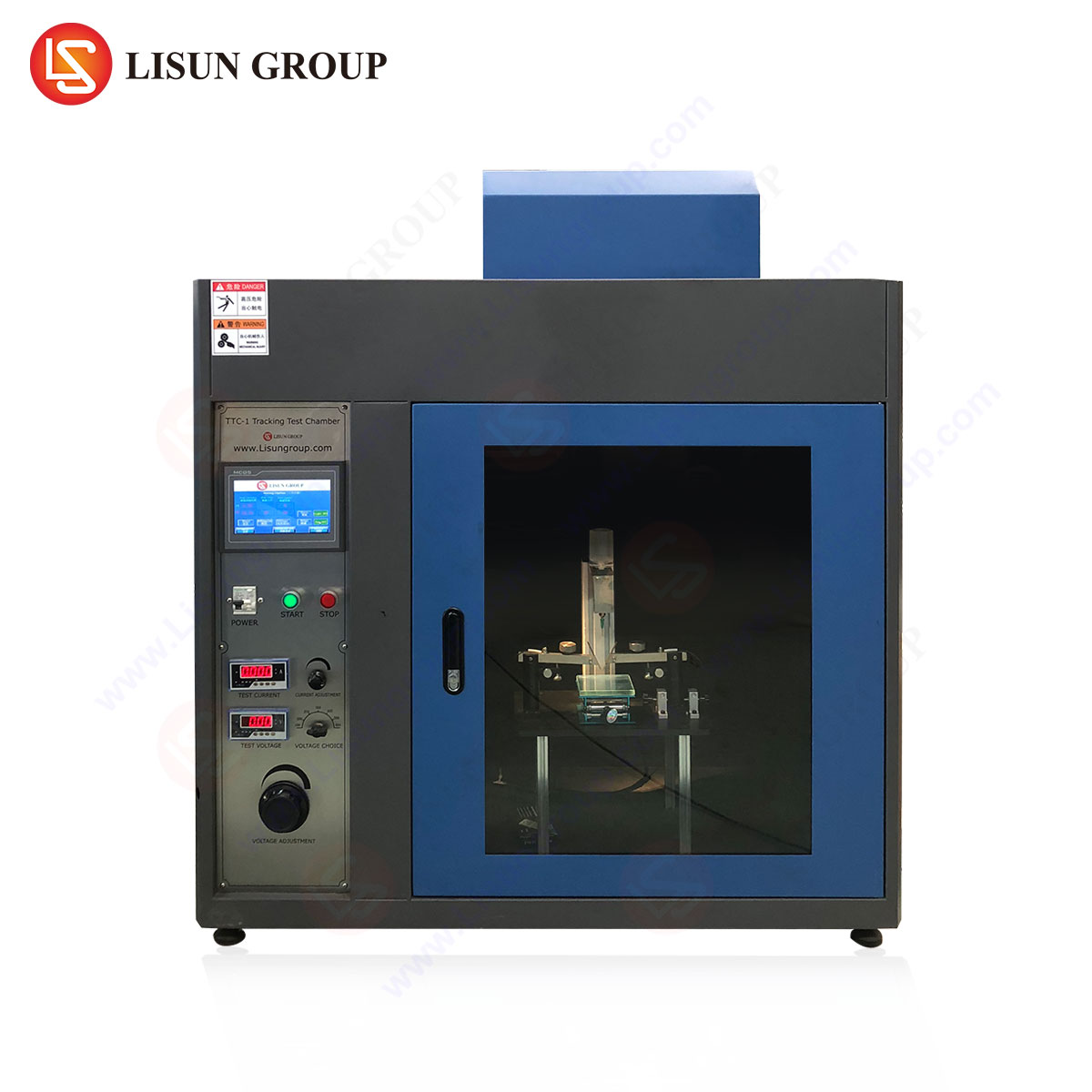
Tracking Test Chamber
Application
Lighting, electronics, electric tools, and instruments may all have their tracking indices calculated using this equipment. It is also used to make insulators, polymers, electrical connections, and a lot of other things.
Principle
When moisture and impurities are present, leakage current of insulation is generated between live components of opposite polarity or between live parts and grounding metals. Short-circuiting will occur because of the electric arc. This apparatus is designed to mimic these circumstances and calculate a material’s tracking index.
Specification
1. A platinum electrode of rectangular shape is used. Each electrode has a range of 1.0–0.05N, which makes it possible to make the force used on the sample consistent.
2. The testing voltage is variable between 100 and 600 V (48 and 60 Hz).
3. Voltage dips will be no more than 10% when the short-circuit current is between 1.0 and 0.1A.
4. If the short-circuit current is more than 0.5 A for more than 2 seconds during the test, the sample fails the test, and the tracking test chamber will shut down automatically.
5. The height of the drips may be adjusted from 30 to 40 mm, and the drop size can be adjusted from 44 to 55 drops per 1 centimeter. It’s a 30S5S window (adjustable).
Features
The test box’s framework is built of corrosion-resistant metals like stainless steel or brass. In this case, platinum was used for the electrode tip. A steady and dependable control system, precise drop counting, and resistance to extreme temperatures and corrosion are only some of its features.
Lisun Instruments Limited was found by LISUN GROUP in 2003. LISUN quality system has been strictly certified by ISO9001:2015. As a CIE Membership, LISUN products are designed based on CIE, IEC and other international or national standards. All products passed CE certificate and authenticated by the third party lab.
Our main products are Goniophotometer, Integrating Sphere, Spectroradiometer, Surge Generator, ESD Simulator Guns, EMI Receiver, EMC Test Equipment, Electrical Safety Tester, Environmental Chamber, Temperature Chamber, Climate Chamber, Thermal Chamber, Salt Spray Test, Dust Test Chamber, Waterproof Test, RoHS Test (EDXRF), Glow Wire Test and Needle Flame Test.
Please feel free to contact us if you need any support.
Tech Dep: Service@Lisungroup.com, Cell/WhatsApp:+8615317907381
Sales Dep: Sales@Lisungroup.com, Cell/WhatsApp:+8618117273997

 中文简体
中文简体
